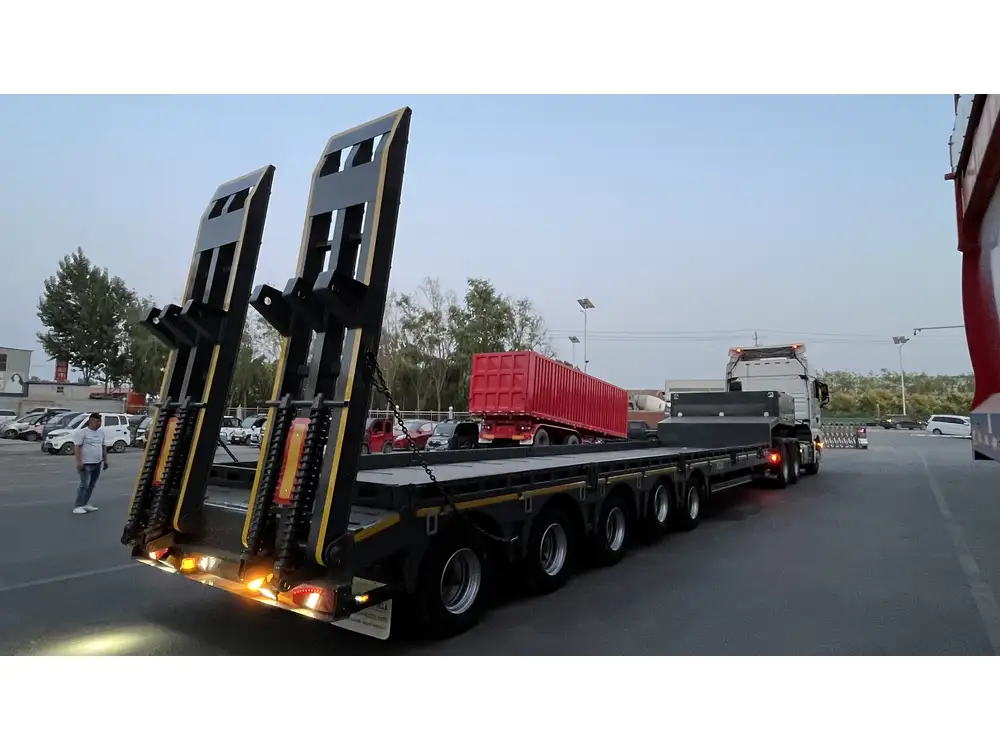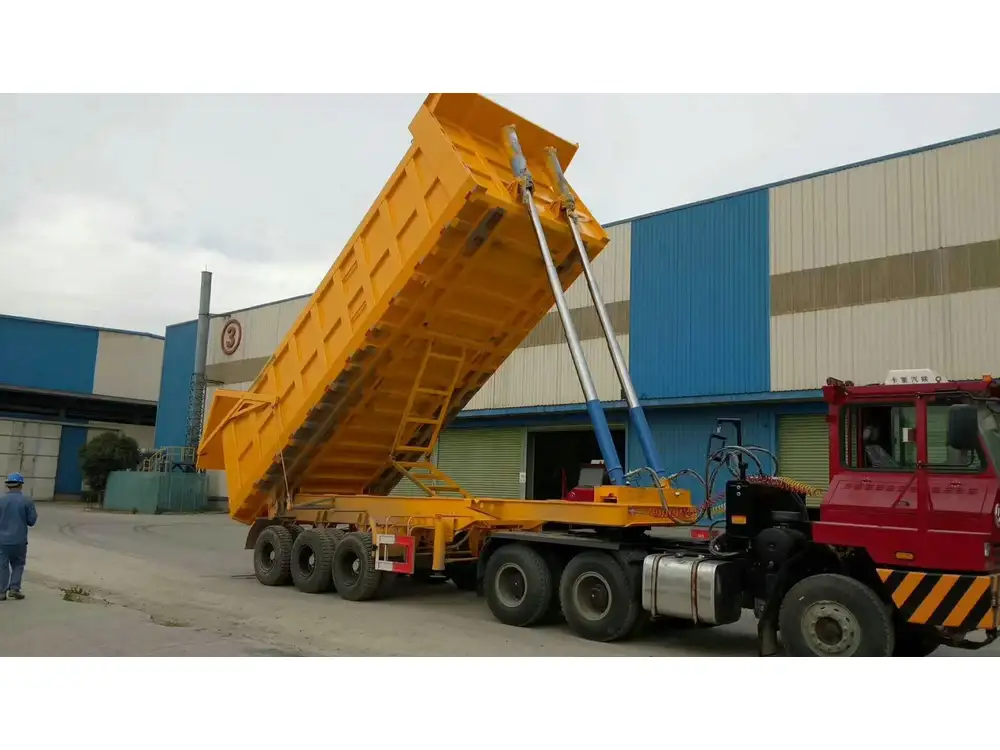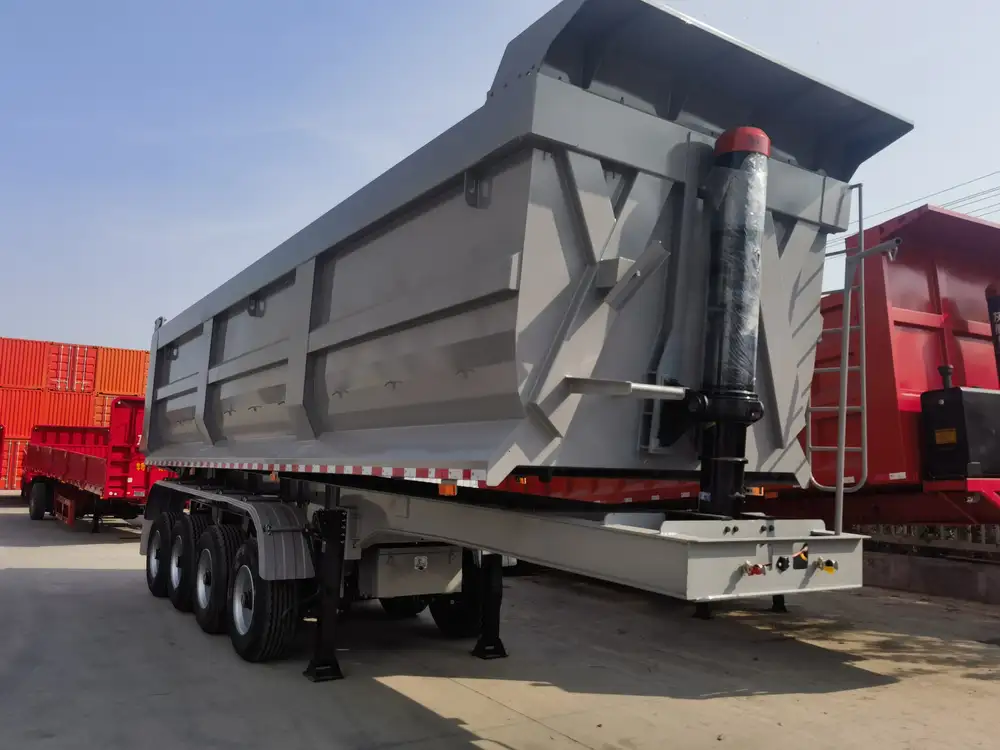When it comes to the livestock industry, especially hog farming, efficient transportation is crucial for maintaining product quality and ensuring the success of the operation. Numerous factors influence how many pigs can fit on a semi-trailer, and understanding these aspects helps farmers, distributors, and transporters optimize their logistics. In this guide, we explore every facet of this critical question, providing comprehensive insights that can assist in planning and execution.
Understanding Semi-Trailer Specifications
Types of Semi-Trailers for Livestock Transport
Before diving into the numbers, let’s first examine the types of semi-trailers commonly used for transporting hogs:
Standard Livestock Trailers: Designed with proper ventilation and access points for animals, these trailers often have a loading capacity ranging from 32,000 to 40,000 pounds.
Drop Deck Trailers: These trailers have a lower deck that provides easier access for loading and unloading livestock, often used when transporting larger animals.
Gooseneck Trailers: These trailers attach to the vehicle via a gooseneck hitch and are typically used for lighter loads or smaller batches of livestock.
Refrigerated Trailers: Ideal for transporting processed hogs, these trailers maintain lower temperatures to prevent spoilage during long hauls.

Key Dimensions to Consider
To understand how many hogs you can fit in a semi-trailer, it is essential to consider various dimensions and specifications:
| Measurement Type | Average Size | Notes |
|---|---|---|
| Length | 48-53 feet | Standard for most semi-trailers |
| Width | 8.5 feet | Industry standard for livestock trailers |
| Height | 13.6 feet | Maximum legal height for transport |
| Floor Space | 224-300 square feet | Depending on trailer configuration |
| Weight Capacity | 34,000-40,000 lbs | Varies by trailer type and truck |
These specifications impact the number of hogs you can safely transport, as both weight and space need to be considered.
Calculating Capacity: How Many Hogs Can Fit on a Semi-Trailer?
Average Weight of Hogs
First and foremost, it is crucial to know the average weight of the hogs being transported. Typically, market-ready hogs weigh between 250 to 300 pounds. However, for this example, let’s take the average weight as 275 pounds per hog.

Factor in Space and Design
Next, the design and spacing of the trailer’s interior should be evaluated. Livestock trailers are designed to allow adequate space between animals for comfort and safety. Generally, it is advisable to allocate between 6 to 8 square feet per hog when loaded.
Example Calculation
Floor Space Available:
- For a 53-foot livestock trailer — roughly 300 square feet available.
Space Allocation:
- If each hog requires around 6 square feet, we perform the following calculation:
Weight Consideration:
- If transporting 50 hogs at an average weight of 275 pounds, total weight is:
Given these parameters, the semi-trailer is well within the limits of its weight capacity while maximizing the number of hogs transported.
The Impact of Regulations on Transportation

DOT Regulations
It’s vital to consider the Department of Transportation (DOT) regulations that dictate how many animals can be transported at one time. These regulations include:
Animal Welfare Standards:
- Proper feeding, watering, and cleanliness must be maintained, which can impact loading numbers.
Transport Time Limits:
- Regulations on maximum transport times without rest can lead to adjustments in the number of trips made.
Trailer Configuration and Setup:
- Each state might have specific requirements concerning the height and configuration of the trailer to ensure animal safety.
Weight Distribution
Proper weight distribution across the trailer also plays a significant role in determining how many hogs can be safely loaded. If weight distribution is off, it can lead to swaying on the road or even accidents.
Factors Affecting Loading Strategies
To further refine the process ofloading hogs, certain factors must be taken into account:

Handling Techniques
Effective handling techniques can minimize stress on the pigs and ensure better loading efficiency.
Paddle Techniques: Using paddles gently helps guide pigs into trailers without causing fright.
Chutes and Ramps: Offering low-angle ramps aids with loading, ensuring a smooth process for both animals and operators.
Seasonal Variations
Weather conditions can affect loading strategies, particularly in extreme heat or cold, which might necessitate adjustments in the number of pigs transported at one time. Dugways should ensure adequate ventilation and protection from the elements.
Removal of Non-Productive Animals
In any herd, some hogs may be unfit for transport due to health issues. Identifying these animals early helps maintain efficient loading numbers.

The Importance of Trailer Maintenance
Regular Checks and Repair
Proper maintenance of the semi-trailer not only ensures compliance with regulations but also directly impacts how many hogs can be loaded safely. Key maintenance tasks include:
- Floor Inspection: Ensuring no holes or worn areas exist that could jeopardize the animals’ safety.
- Ventilation System Checks: Proper airflow keeps animals comfortable during transport.
- Brake System Functionality: Ensures safe transport and minimizes accidents.
Upgrades and Modifications
Investing in trailers with specific upgrades—such as adjustable partition systems—can allow for flexibility in loading different animal sizes or numbers.

Conclusion
In summary, the inquiry of “how many fat hogs on a semi-trailer” encompasses far more than merely counting heads. It’s an intricate dance of ensuring safety, regulatory compliance, welfare considerations, and logistical efficiency. By evaluating trailer specifications, understanding the regulatory environment, and employing effective loading techniques, it becomes possible not only to enhance operational efficiency but also to meet the needs of today’s competitive livestock transportation market.
As you embark on your transportation endeavors, may this guide serve as a comprehensive resource for maximizing your operational capacities while adhering to standards that govern your industry.



